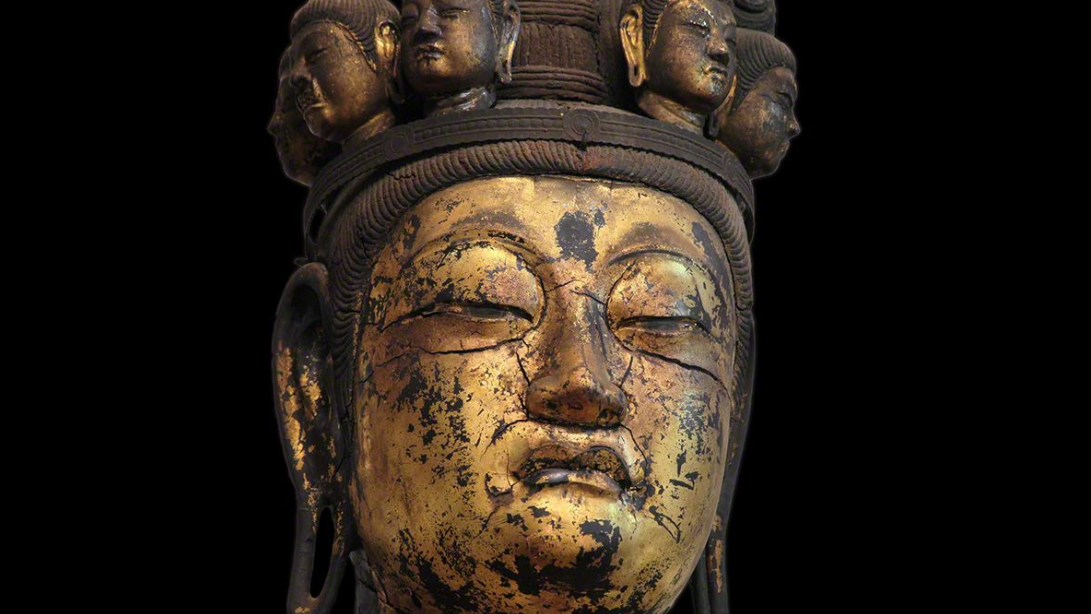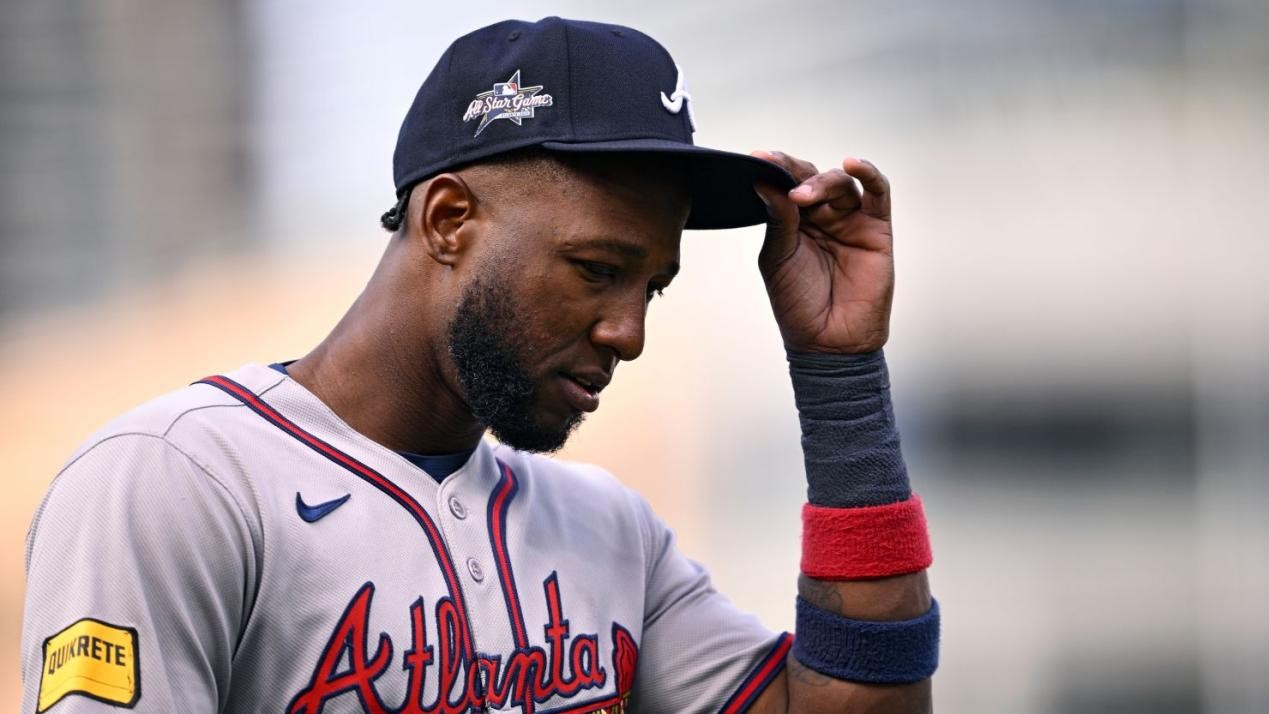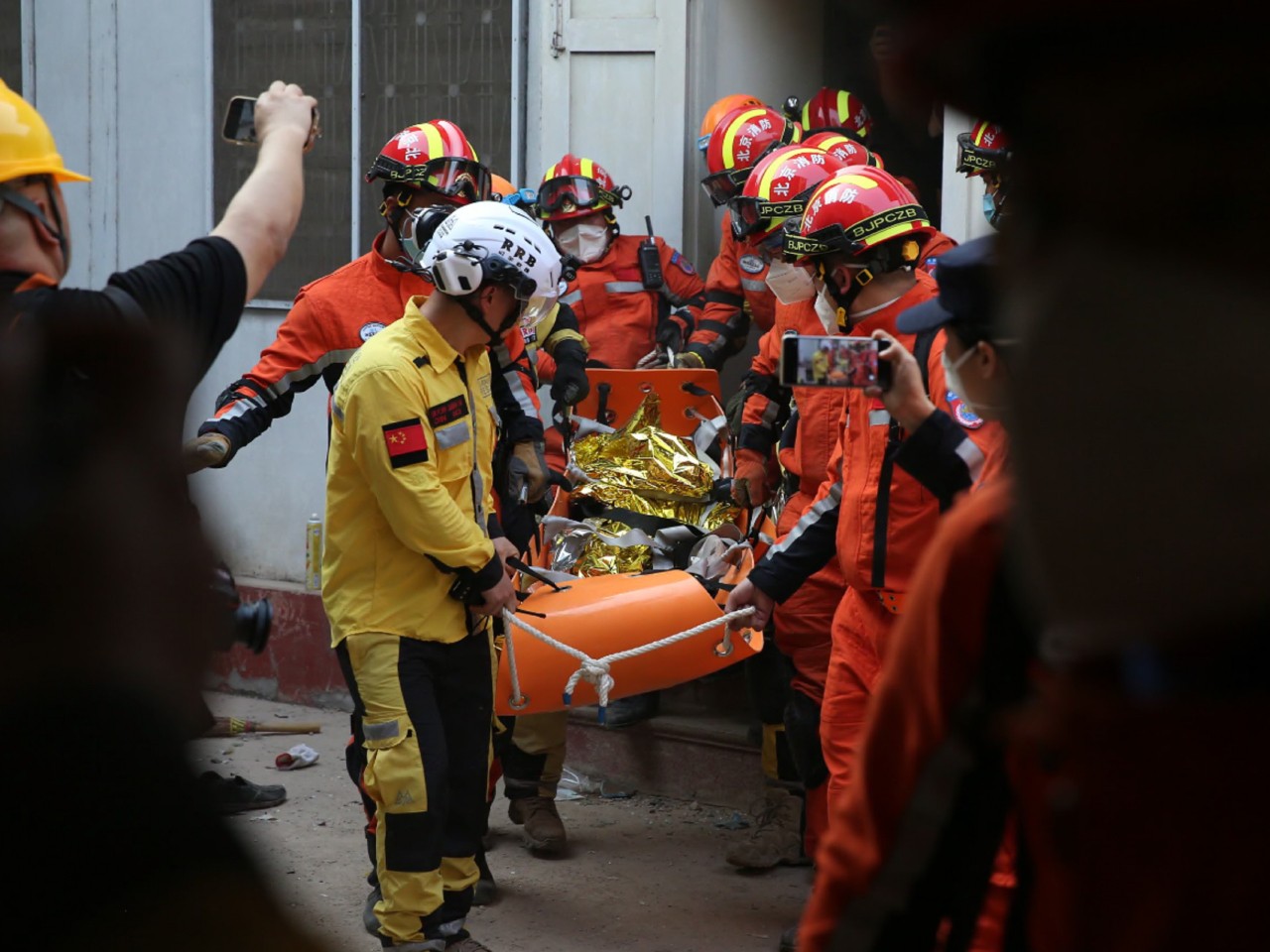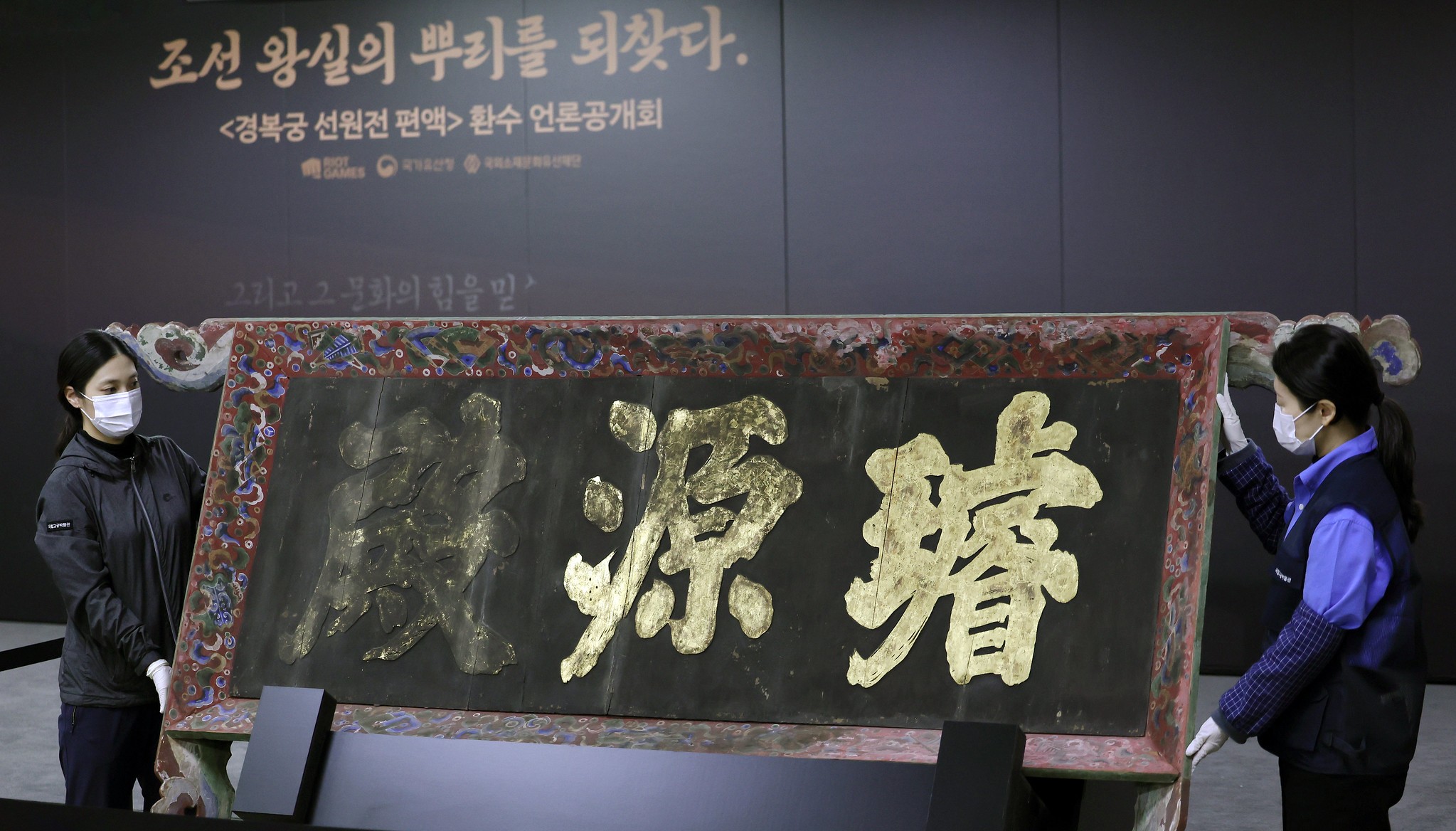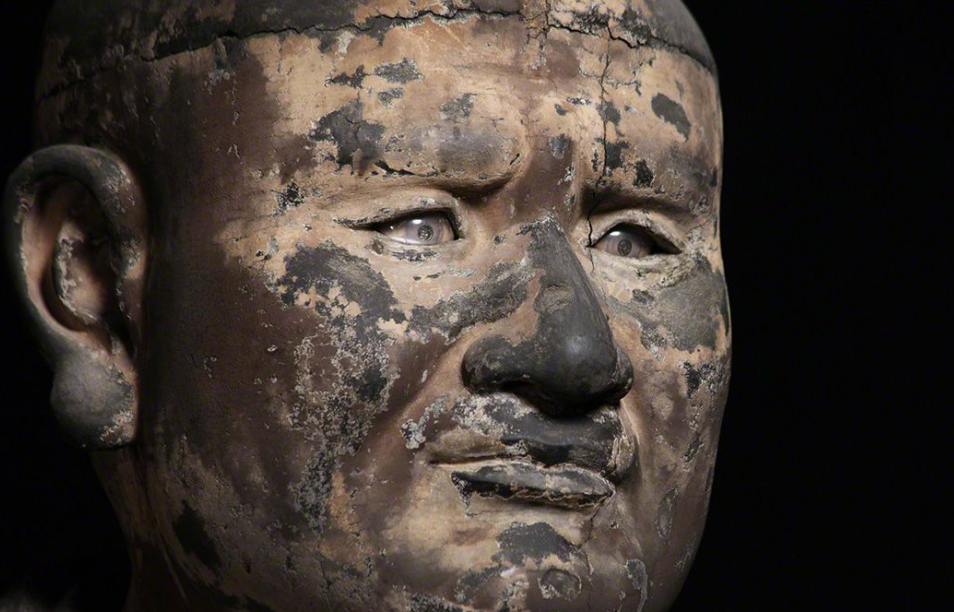
Vasubandhu was a Buddhist monk who lived in India in the 5th and 6th centuries. It is said that he and his brother Asanga jointly systematized the thought of Vijnanavada. Vasubandhu first practiced Theravada Buddhism, which faithfully followed the teachings of Buddha Shakyamuni, and criticized the Mahayana Buddhism advocated by his brother Asanga. However, he was eventually influenced by his brother and converted to Mahayana Buddhism. He then systematized the thought of Vijnanavada that consciousness is the only real existence, and left many works that had a great influence on later generations.
Both statues of Asanga and Vasubandhu are large “Yogi” sculptures nearly 2 meters high, but there are some differences in structure. Asanga’s (right) head and body are made of a whole piece of wood, while Vasubandhu’s is made of two pieces of wood joined together. Under the guidance of Unkei, the statue of Asanga was carved by Unzu, and the statue of Vasubandhu was carved by Unga.
The final processing of the two Buddha statues is the same. Both are to stick cloth on the joints of the wood blocks to strengthen the statues, then apply a primer mixed with abrasive powder to the entire Buddha statue, and then apply Hu powder to color. The white primer makes the color of the Buddha statue more vivid.
The right foot of the Asanga statue is slightly forward, while the left foot of the Vasubandhu statue is forward, which shows that the master wanted to express symmetrical movement. The elder brother Asanga has the appearance of an old man, while the younger brother Vasubandhu has the appearance of a middle-aged man. From this subtle difference in expression, we can see the exquisite craftsmanship of the Buddha statue sculptors active in the Kamakura period such as Unkei.

